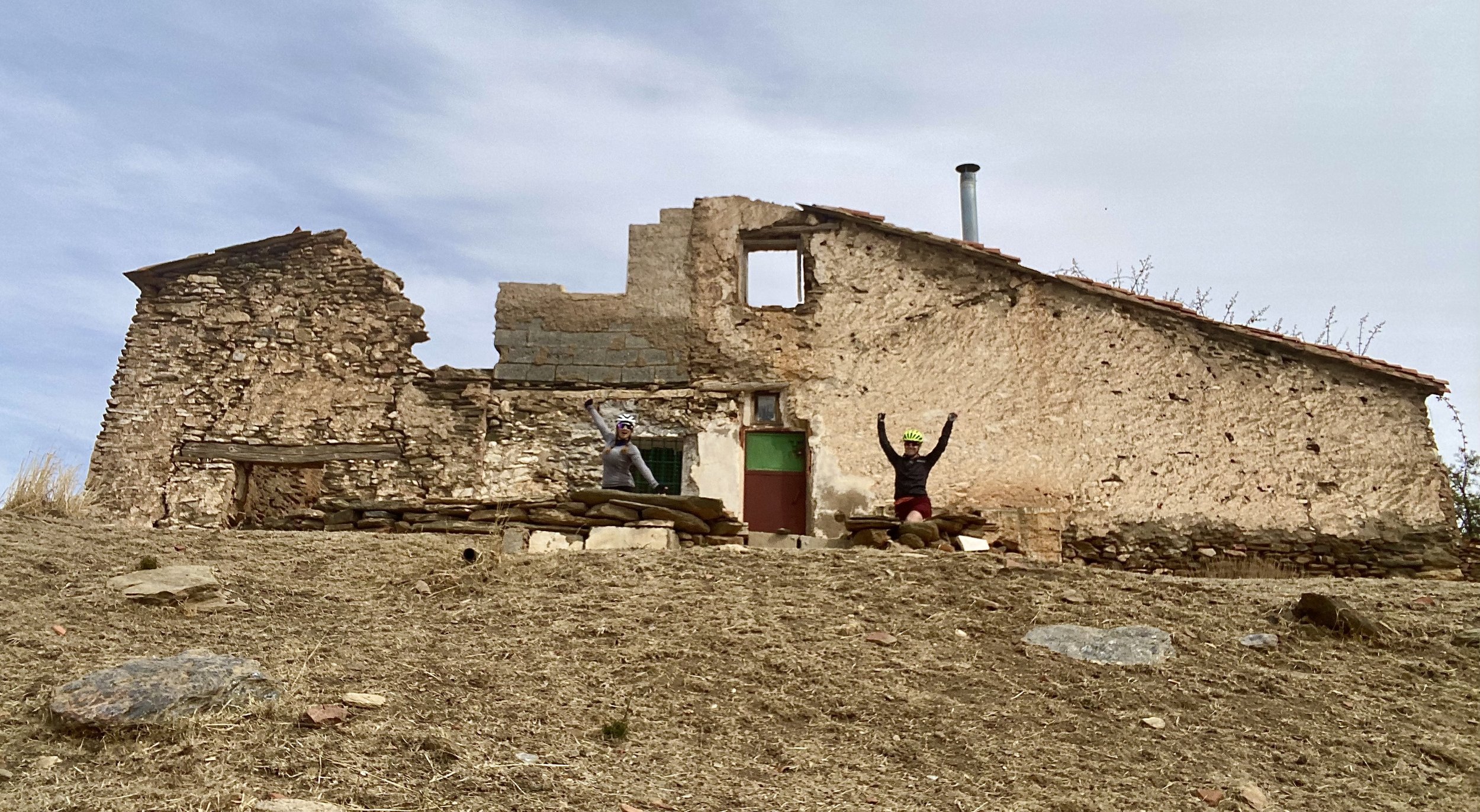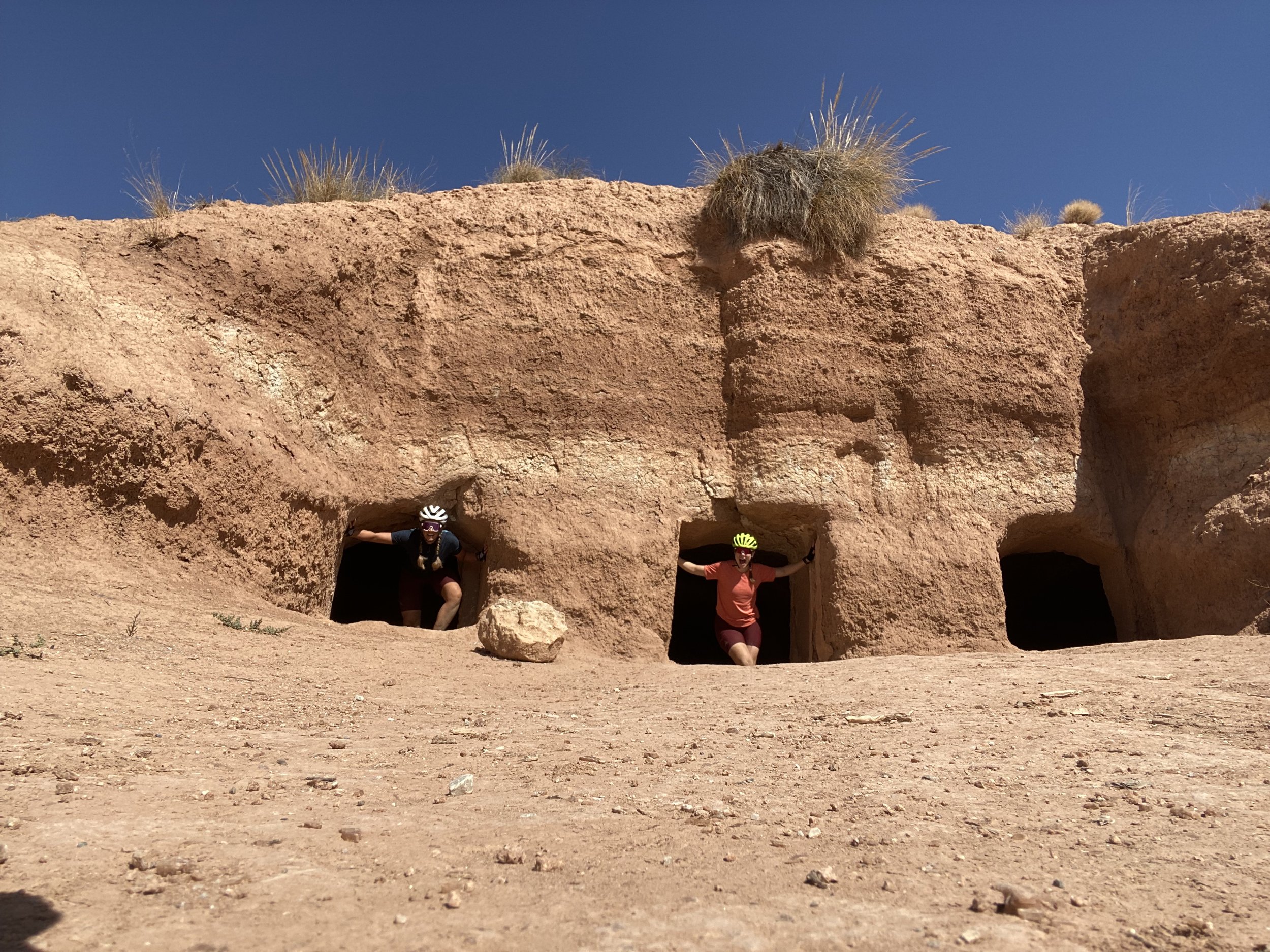First Adventure Race Recap: All the things not to do.
My husband and I recently completed our first adventure race – consisting of a combination of mountain biking, canoeing, and trail running (aka bushwhacking), all done while orienteering your own route through the wilderness with only a map and compass. The objective is to find as many checkpoints as possible before the time cap. For our first race we chose an 8 hour event hosted by Raid Pulse.
As you can imagine, with adventure racing there are a few more variables to consider than your standard road race. We learned a lot through this experience, mostly how to improve for the next race. So for anyone considering making the leap into adventure racing, here are 6 rules to nail your first and following adventure races because as you will experience, it is very addictive.
Top 6 things not to do in an adventure race:
1. Don’t move until you know where you are on the map. This is perhaps the cardinal rue of adventure racing. We were warned of its importance several times by more experienced racers. But we of course were caught up in the race atmosphere, got moving too fast, didn’t follow the rule, and ended up lost in the woods. Having to backtrack to a point that you know where you are not only wastes time, but is exhausting and frustrating. Don’t test your partnership this way. Follow the rule. Find where you are on the map, then get going.
2. Don’t follow other people. At some point it’s going to seem like a good idea to follow other racers you come across, especially if you are second guessing your location. Don’t …. just don’t. They might be lost too. Or worse, they may know exactly where they are but are faster and more experienced. Follow someone like that and before you know it they are way out of sight. If you didn’t know where you were then, now you are really lost. See rule #1, and just try to ignore everyone else.
3. Don’t underestimate mental fatigue. Part of the reason we chose this race was because we knew we could handle the distances for each discipline. However, when the whole thing was over we agreed this was the hardest thing we have ever done in a single day (and we have done some pretty challenging things). The physicality of the race could not account for our level of fatigue. It requires a lot of extra energy to stay focused, making decisions, and checking navigation. This is an extra element to consider when you are training and racing.
4. Don’t skip eating because you don’t feel hungry. It’s very easy to get caught up in the race and head out of transitions zones too quickly instead of taking the time to properly refuel before moving on. Your body won’t often feel hunger during the race, but you are at risk of ‘hitting a wall’ and becoming unable to continue if you don’t get enough calories. Poor nutrition can also cause muscle cramps or electrolyte imbalances, which can turn into an injury or something more serious without much warning. In addition to needing calories for the physical challenge, your brain needs calories to stay focused. Eat. It’s a long race. You will need it.
5. Don’t move too quickly. You probably don’t routinely do as many hours of physical activity as the race requires. It’s easy to get caught up in the race atmosphere and try to run up a hill when you should really just slow down and walk. Pacing your body to handle long durations of physical activity is an exercise in restraint. You want to make sure you will make the finish line, as it could be a while before someone comes and rescues you from the bush, so don’t empty your tank too soon.
6. The bugs are bad. Don’t freak out. During an adventure race it is not uncommon to find yourself bushwhacking a course though the back country. This is where you will encounter the highest concentration of bugs you are likely to have ever experienced. Try to remain calm, it will only promote you ignoring the other 5 rules. We will have bug nets to put over our heads for the next race.
We are having a lot of fun sharing our adventure race experience with others, almost as much fun as we had during the race. Though I can definitely say it would have been a smoother race experience if we had followed these rules, I have only great things to say about the event itself. Raid Pulse did an excellent job with the event logistics, and their super friendly staff was very supportive, answering all our questions before and after the race. Plus we couldn’t ask for better weather! I would recommend adventure racing to anyone interested, you are guaranteed to have an unforgettable experience.








Destination: Benalua Distance: 97km, elevation gain: 2080meters, surface: 62% unpaved
We woke having to already adjust our intentions for the day. Our first day in the saddle was big, and we were unsure how long it would take to reach our next hotel. Plus we ran out of time the previous night to test ride the bikes and gear for any unseen airline damage. What we intended was an early start, giving us the most possible daylight hours for riding. But what we did was fall asleep having wrongly assumed the combination of jet lag and nervous anticipation would guarantee a restless night and inevitable early morning, so we chose not to set an alarm. That was unfortunate.